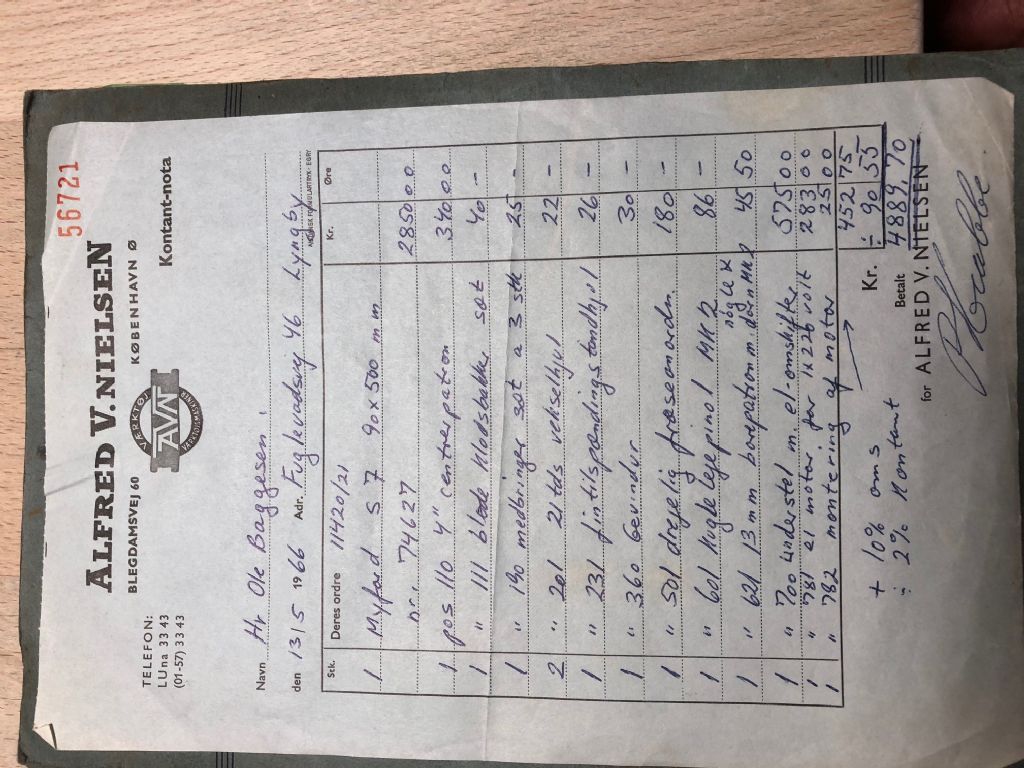There never will be an "Ideal" lathe, or machine, capable of doing every job.
When younger, I hankered after a ML7 but could not afford one until becoming an empty nester; and then a used one.
Think of the work that has been produced on simple lathes, such as a Zyto, or a Gamages, let alone the Myford ML2s and 4s, and their contemporaries.
Fantastic work has been done a ML7s with their accessories, but the 2MT Headstock was a limitation for my wishes (not necessarily needs!). The T slotted Cross Slide was a boon. (A Four Way Toolpost, Resettable Dials and a longer Cross Slide were soon added)
It was replaced some 15 years ago, by a larger far eastern product, costing less than a quarter of the latest version of the Myford ML7, with Norton box, but without powered cross feed. The Four Way Chuck, Faceplate, and Steadies were not additional purchases, but came as part of the package. The larger lathe has a 5MT Headstock, hardened bedways, separate power shaft for the Norton box, and could cut Imperial or Metric threads without need for additional gears, (which cannot be said of all the current offerings!).
By paying extra, to bring the cost upto a quarter of the price of the latest Myford 7 Series, it came fitted with VFD speed control. This cost 6 of the OEM 12 speeds, but the VFD provided an almost infinite variety in each range.
Such a machine was beyond anything that I could have dreamed of, or coveted, in my early adulthood.
Similarly, the new round column Mill Drill (RF 25) that came not too long after the ML7 , over the past thirty years has been superceded by machines with features that I would like, (for convenience rather than absolute need) but can manage without. (Have done so, so far; so cannot justify the expense; or the hassle of selling the RF25)
All of this would have been Utopia for M E readers in the mid 40s, when treadle operated lathes were not unknown, and graduated dials were bit of a luxury, as was aq back gear facility for screwcutting.
My turning instructor, (in the late 50s) with a lifetime of experience, could measure, using a worn 6 inch rule and a knarled thumbnail, to within a few thou. He had started with that rule and callipers, before graduating to Micrometers, and Verniers!
During my training, at one time, I was tasked with preparing the "programme" for a technological advance. A co ordinate table that was controlled by punched cards! About this time, the company purchased its first computer, which took a whole week end to produce the purchase schedules for parts required over the next three months.
How times have changed!
Howard
pgk pgk.






